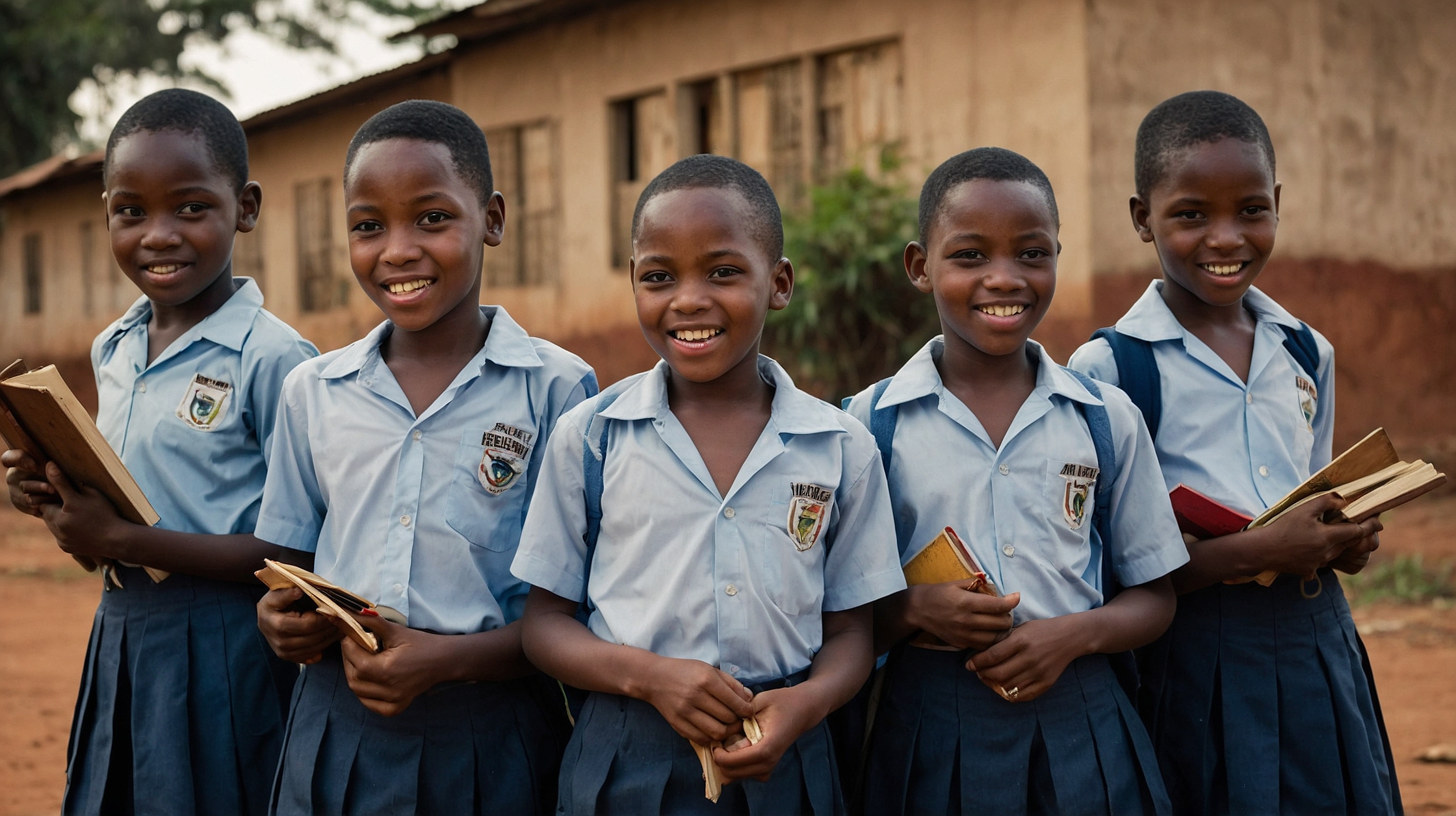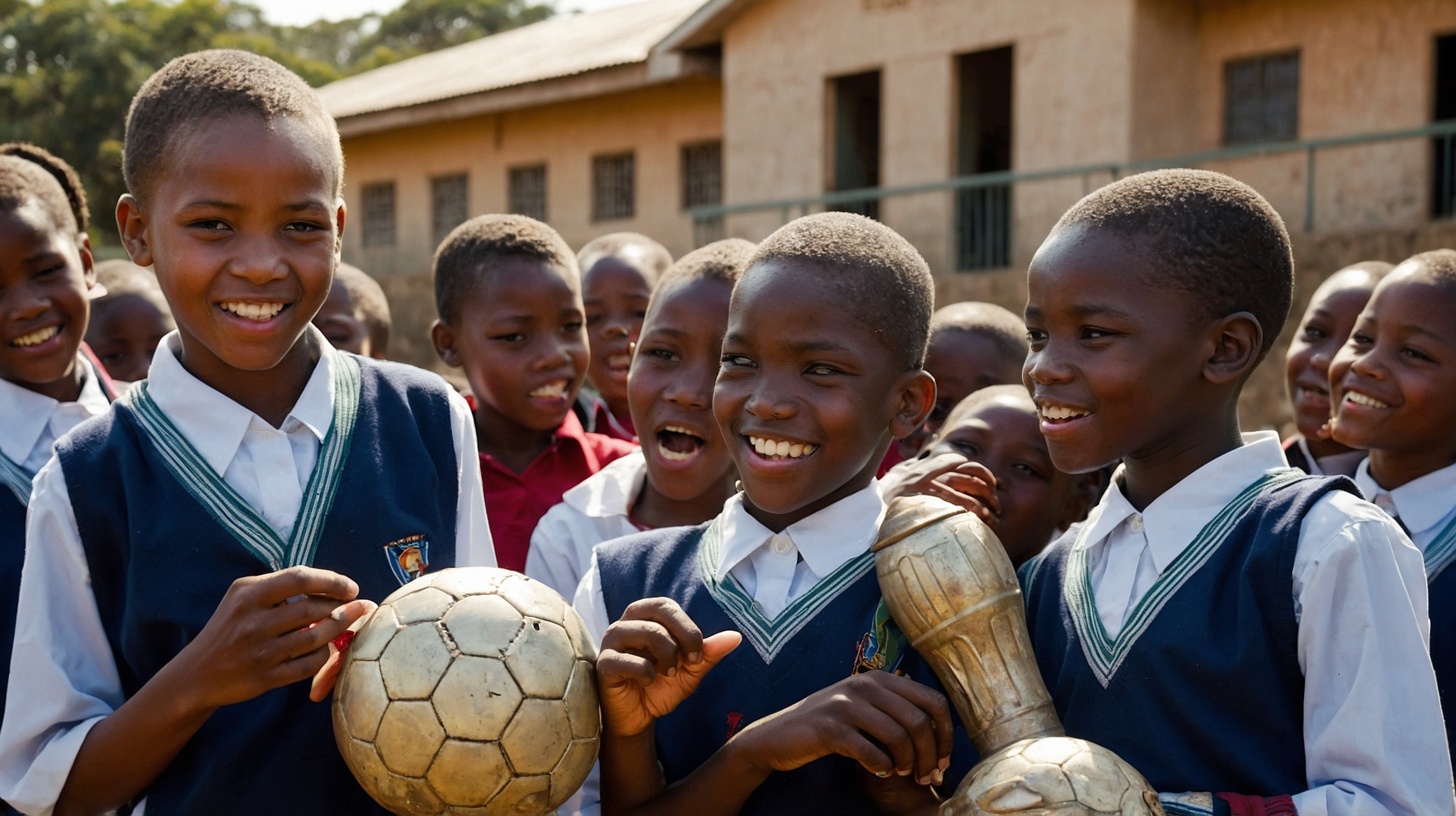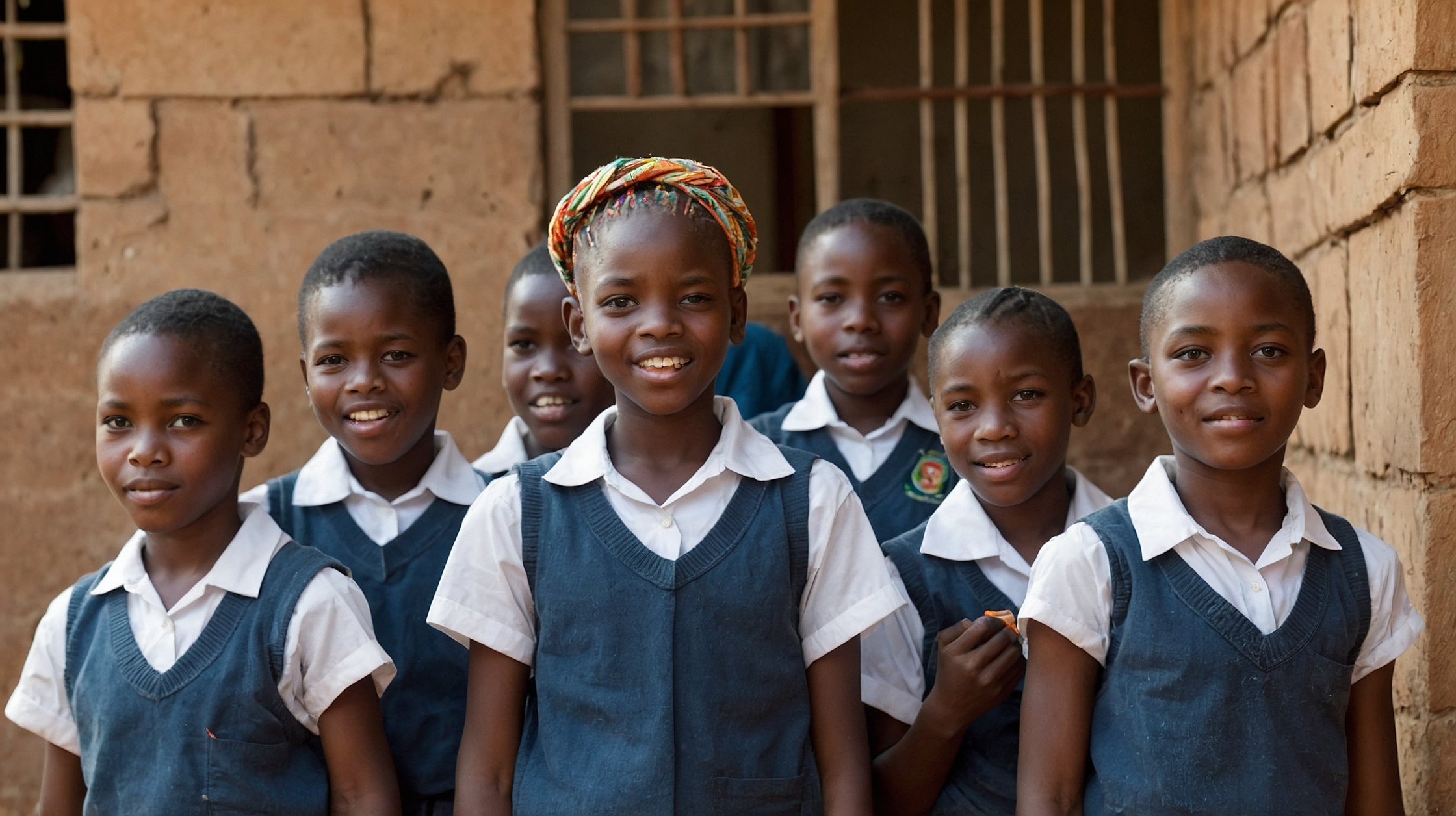In regions like Mpumalanga, where the number of orphans and vulnerable children continues to rise due to factors such as HIV/AIDS, poverty, and social instability, it is essential to have effective methods for identifying these at-risk children. Proper identification is the first step in ensuring that they receive the care, protection, and support they desperately need. But how do we identify orphaned and vulnerable children, especially in communities where resources are limited and the challenges are immense?
Understanding Who Qualifies as Orphaned and Vulnerable
Before we delve into the identification process, it’s important to understand who we’re trying to help. An orphan is defined as a child under the age of 18 who has lost one or both parents. However, being orphaned is just one aspect of vulnerability. A child may also be considered vulnerable due to factors such as living in extreme poverty, being abandoned, facing abuse or neglect, suffering from chronic illness, or living in a household with a terminally ill or disabled parent.
In Mpumalanga, children who fall into these categories often struggle with access to education, healthcare, and basic necessities. Identifying them early is critical to intervening before these challenges become insurmountable.
Methods for Identifying Orphaned and Vulnerable Children
1. Community Engagement and Reporting: One of the most effective ways to identify vulnerable children is through active engagement with the community. Community members, including teachers, local leaders, and healthcare workers, are often the first to notice when a child is in distress or living in difficult conditions. Establishing a system where these individuals can report cases of vulnerable children to relevant authorities or organizations is vital.
2. School-Based Identification: Schools are crucial points of contact for identifying vulnerable children. Teachers and school administrators can observe signs of distress, such as poor attendance, lack of school supplies, or behavioral changes, which may indicate a child is at risk. Programs like the Hope Clubs, run by Mamkhulu.org, embed youth facilitators in schools to monitor and support children who are struggling.
3. Home Visits and Assessments: Regular home visits by social workers or trained volunteers are another effective method. These visits allow for a closer look at the living conditions of children who may not be attending school or whose needs are not visible in public spaces. Home visits help build trust with the families and children, making it easier to identify issues that may not be immediately apparent.
4. Collaboration with Healthcare Providers: Healthcare providers are in a unique position to identify children who may be orphaned or vulnerable. Children brought in for treatment of preventable illnesses, malnutrition, or lack of immunizations may be living in precarious situations. Partnering with local clinics and hospitals can help in identifying these children early.
5. Community Surveys and Data Collection: Conducting regular surveys and collecting data on household conditions can also help identify vulnerable children. This approach is more systematic and can provide a broader picture of the needs within a community. Data collection should include information on household income, family structure, health status, and access to basic services.
The Importance of Sensitivity and Confidentiality
When identifying orphaned and vulnerable children, it’s crucial to approach the process with sensitivity. These children are often already dealing with trauma and loss, and the identification process should not add to their distress. Ensuring confidentiality and protecting the dignity of the children and their families is paramount. Training for those involved in the identification process should include how to handle these situations with care and empathy.
Moving from Identification to Action
Once identified, the next step is to connect these children with the necessary support services. This may include enrolling them in school, ensuring they have access to healthcare, providing counseling, or finding safe housing. Organizations like Mamkhulu.org play a critical role in this process, offering a range of programs designed to meet the needs of orphaned and vulnerable children in Mpumalanga.
Conclusion
Identifying orphaned and vulnerable children is a challenging but essential task. It is the first step in a broader effort to provide these children with the care and support they need to lead healthy, fulfilling lives. By engaging the community, leveraging schools and healthcare providers, and conducting thorough assessments, we can ensure that no child slips through the cracks. Together, we can make a lasting difference in the lives of Mpumalanga’s most vulnerable children.



